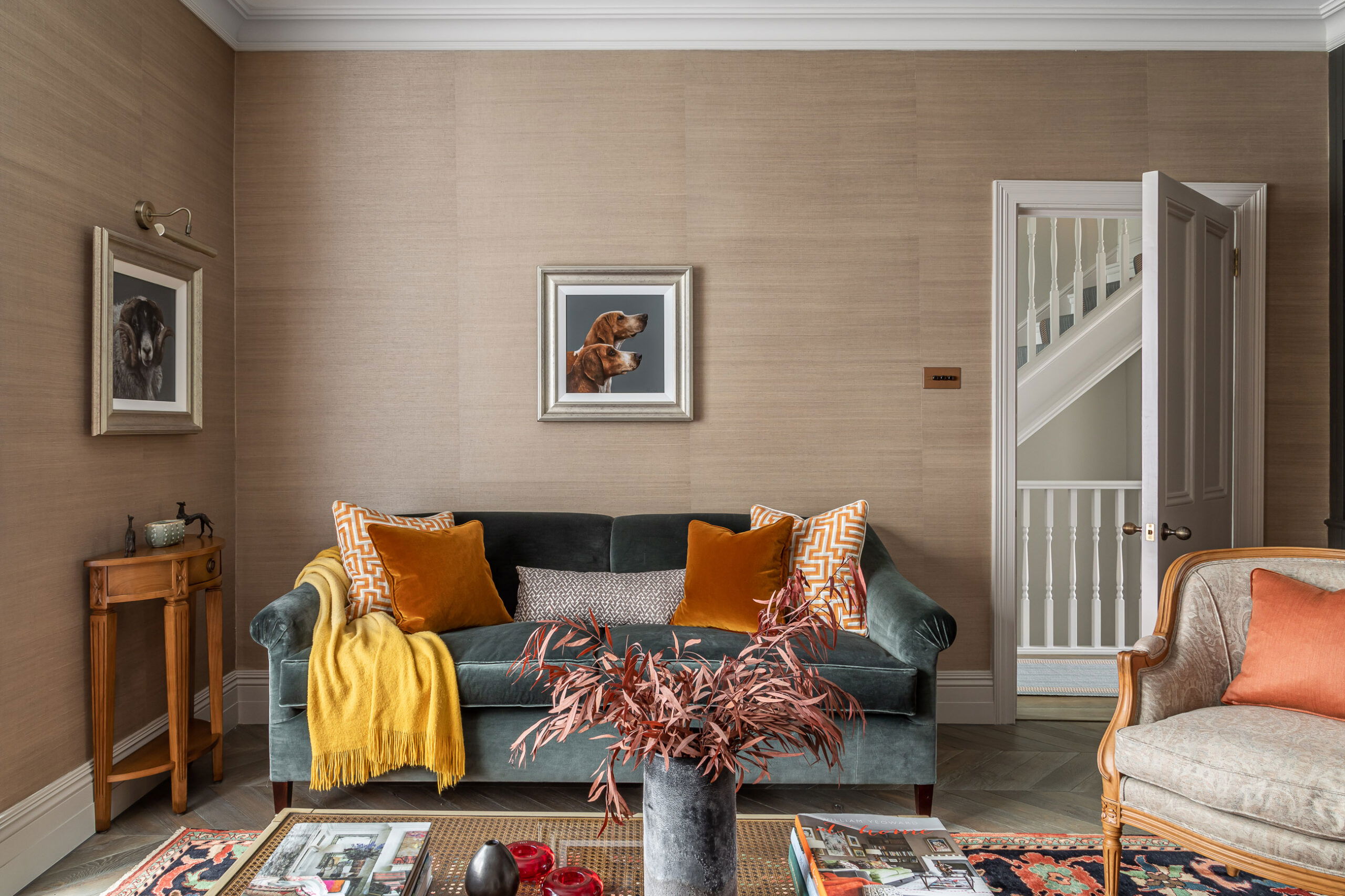
British Craftsmanship
With London Craft Week upon us (9 – 13th May 2018) we thought it would be appropriate to talk about traditional British craftsmanship. We all know it is good to invest in quality pieces made by proper craftsmen however their skills are not always as widely known or celebrated as they should be.
Often those outside of the few in the know, like us designers, have little or no knowledge of these talented craftsmen’s trades. We’ve chosen two topics where we feel their skills can be the most hidden, namely upholstery and curtain making. It would be impossible to cover all the reasons why it’s worth investing in these talented craftsmen and their skills, but we hope we give you the desire to find out more.
Upholstery
All the upholstery we have in our homes take a beating, the living room sofa, dining room chairs, armchairs and even the bedroom headboards. Often clients, quite rightly are interested in the practicality and durability of the fabric to avoid stains and wear and tear. However, less are focused on what goes on underneath. Here is what you need to look for.
The frame
The frame throughout is made of kiln dried hardwood (usually beech) and all the joints are dowelled, glued and screwed. This will ensure that it will withstand the rigours of heavy use. We’ve all had that relatively expensive dining chair that starts to wobble – not good enough we say! Here is a properly made dining chair frame. This will last you a lifetime. Simply reupholster when a change of look is required.
The springs
Most high street upholstery comes with webbing on the interior only with a small piece of wadding for comfort. You should be aiming as minimum to have what we call Z springs running through the base of the upholstery and the back – especially on sofas. This means that with perpetual use of your sofa the face fabric won’t visibly start to sag or start to get that niggly dip in the middle of your sofa. The ultimate level of interior springing is hand tied cone springs which means the weight of the person is evenly distributed throughout.
The finish
The beautiful finish of individually hammered nails on this leather armchair is what we like to see. There can be indication of poor workmanship if piping, pleating, buttoning and nailing are not executed with precision. Wobbly piping, loose pleating and strip-nailing are not acceptable. Strip nailing comes away easily and won’t last. Nails should be hammered in individually by hand – a real skill of a talented craftsmen.

Curtain Making
Curtains are often a surprise expense for most clients especially coming towards the end of a project. It’s the cost of the making that often comes as the biggest surprise over the cost of the material. It always feels more prudent to scrimp on the budget here but we always advise to scrimp on the material rather than the making. A wonderful curtain maker can make any material look a million dollars, whereas a bad one will make even the most expensive material look less than it is! Also, curtains are such a prominent feature in any room – it is often one of the items most people notice quite quickly. So, they’ve got to look good.
Highly skilled curtain makers always make and finish all their curtains and blinds by hand to make sure that the material you have chosen drapes beautifully from the heading down to the floor. Curtains that bell at the bottom are a give-away for headings that haven’t been sewn correctly.
Curtain makers have knowledge on all the possible linings and interlinings available. Properly lined curtain will not only keep your house warm in the winter but cool in the summer. Also, they will choose the most appropriate lining to ensure you get the most beautiful drape from your curtain as well as making sure it’s the right fullness. Flimsy curtains (unless you’re looking for that sheer/voile look) or overly padded roman blinds – another give-away of poor quality curtain making.
All your curtains and blinds will be measured by the curtain makers on site to ensure they fit perfectly. You can choose if they drop just on the floor, quarter of an inch on the floor (like a trouser leg hitting your shoe) or if you want a pool of material on the floor. This will take in account any higgedly piggedly floors and ceilings so they hit the floor evenly and your hardware looks perfectly straight (even though it may not be). Curtains that don’t fall evenly on the floor or uneven hardware are not acceptable.


High Quality curtain makers quite often work with the trade only and are a heavily guarded secret. So, if you need bespoke curtains, please contact us. From the high street. We would happily recommend Pretavivre.
We have plenty of local talent in the UK when it comes to skills like these and they need to be supported and celebrated. Investing in high quality local craftsmanship will do just this as well as saving you time and money in the long run. After all who wants to change their sofa or their curtains every year? We certainly don’t!